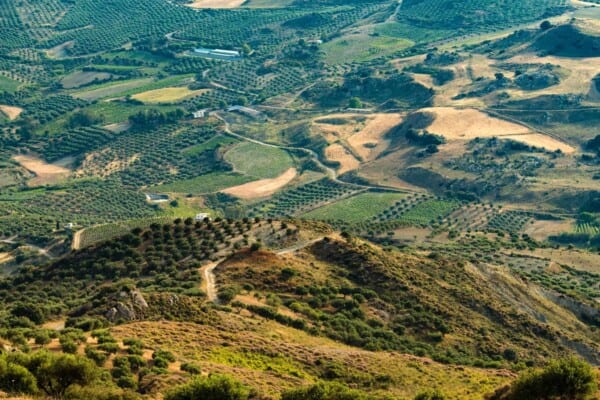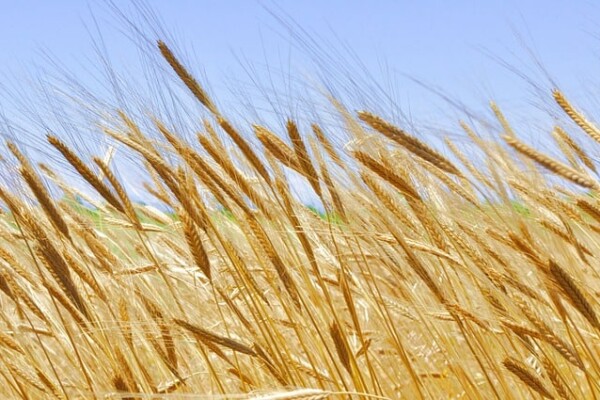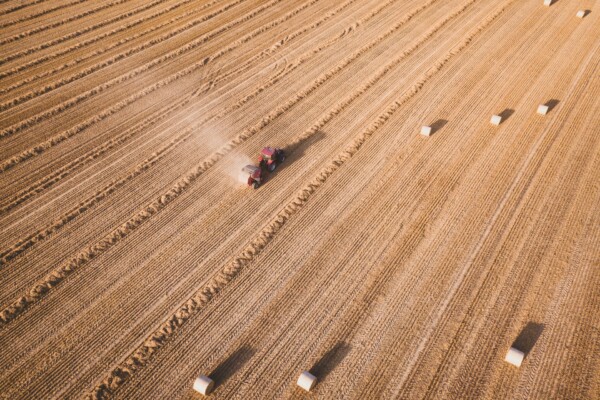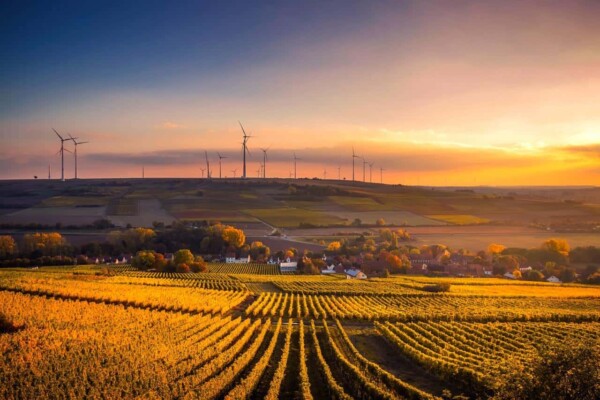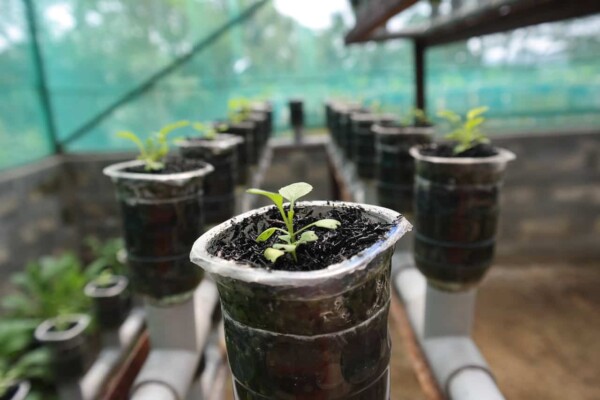The agricultural industry has really changed a lot over the past couple of decades now, to the point where you can’t even call yourself a farmer anymore unless you use at least a few new age techniques and equipment that the world has in store for you.
One such piece of equipment that has become a pivotal part of most farmhouses out there these days has definitely been the farm silo and if you want to maximize your profits this year you should look into purchasing one as soon as possible too.
But what exactly is a farm silo and how can it actually help you? This is what we’re here to find out today as we will be tackling every aspect there is to know of regarding farm silos and more specifically if they are worth the investment,
But anyways, let’s start off this guide by answering a simple question:
What Is a Farm Silo?
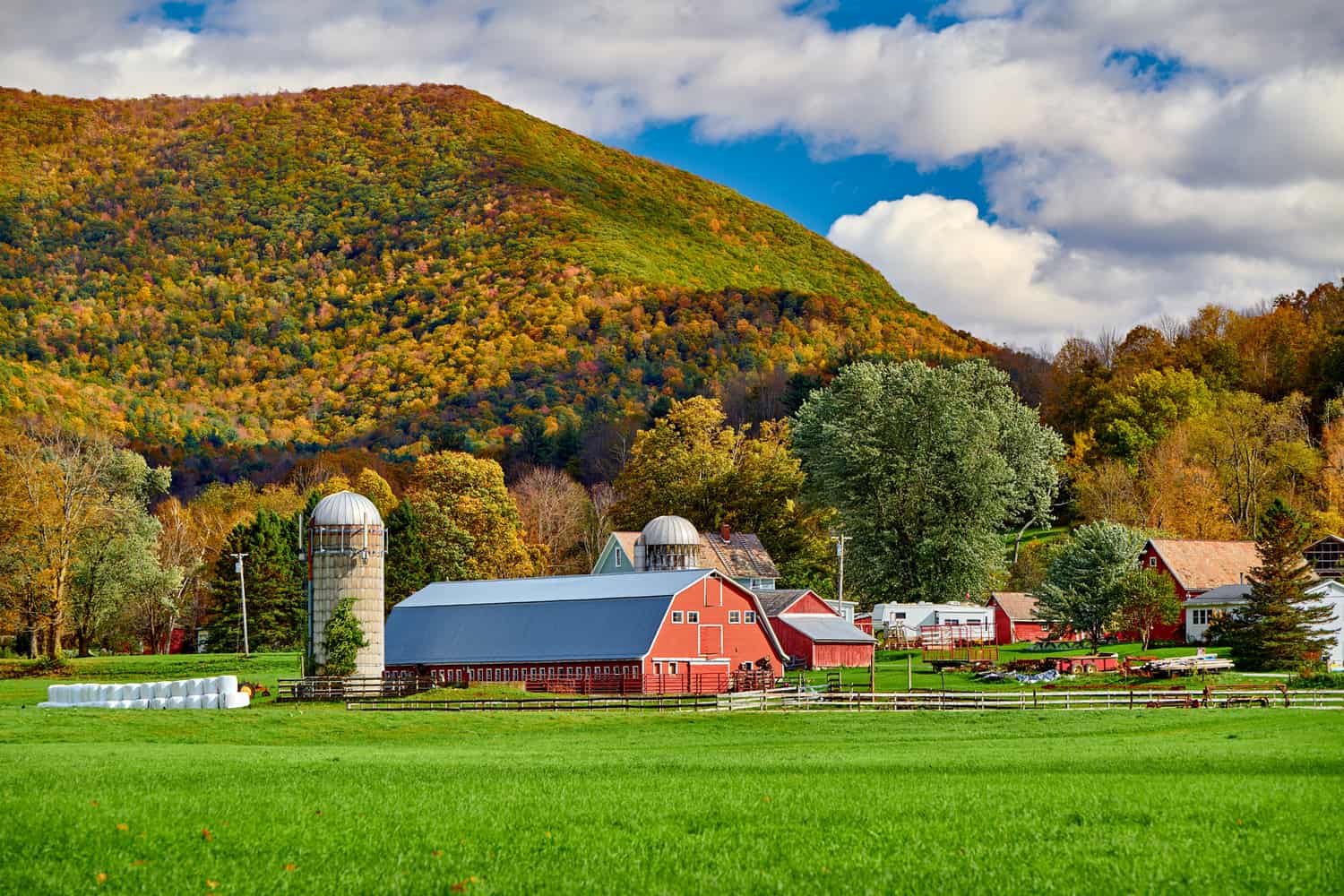
In simple and easy to understand terms, a silo is essentially just a structure used to store bulk materials in it. While they are mostly used for agricultural reasons, they can also be used for any other type of storage jobs.
Most of the time, silos are filled with grain, coal, cement, woodchips, sawdust or any sort of food product that you buy in bulk.
There is actually a bit of a negative stigma that comes with farm silos, that not many people realize exists out there, and that is mostly due to the fact that they are considered to be rather unprofessional as workplace commodities.
This is very confusing considering the use-value that you get from actual work silos, as they can pretty much store any bulk material in them and keep them from rotting away or getting in contact with any other material.
Types of Silos
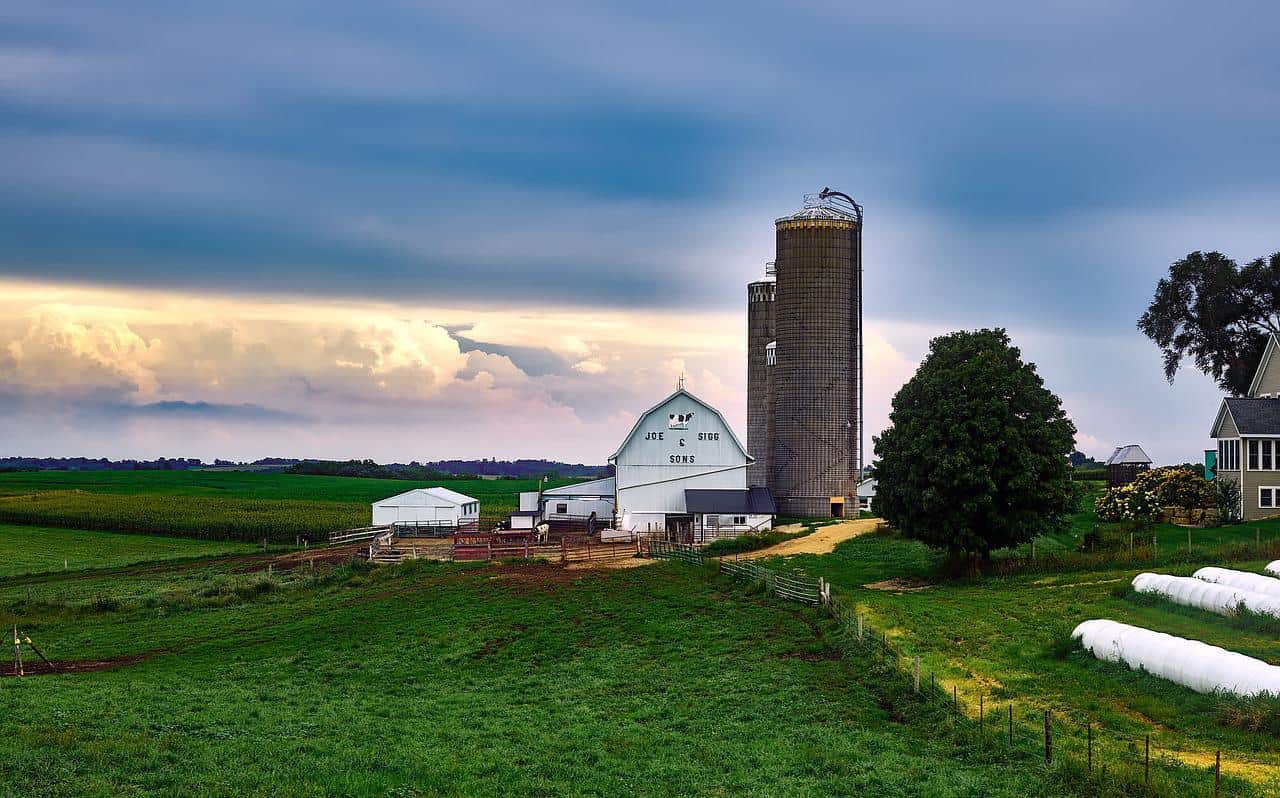
There are currently three main types of silos that you could add to your farmhouse today, and they are the following:
- Tower Silos
- Bunker Silos
- Bag Silos
Tower Silos
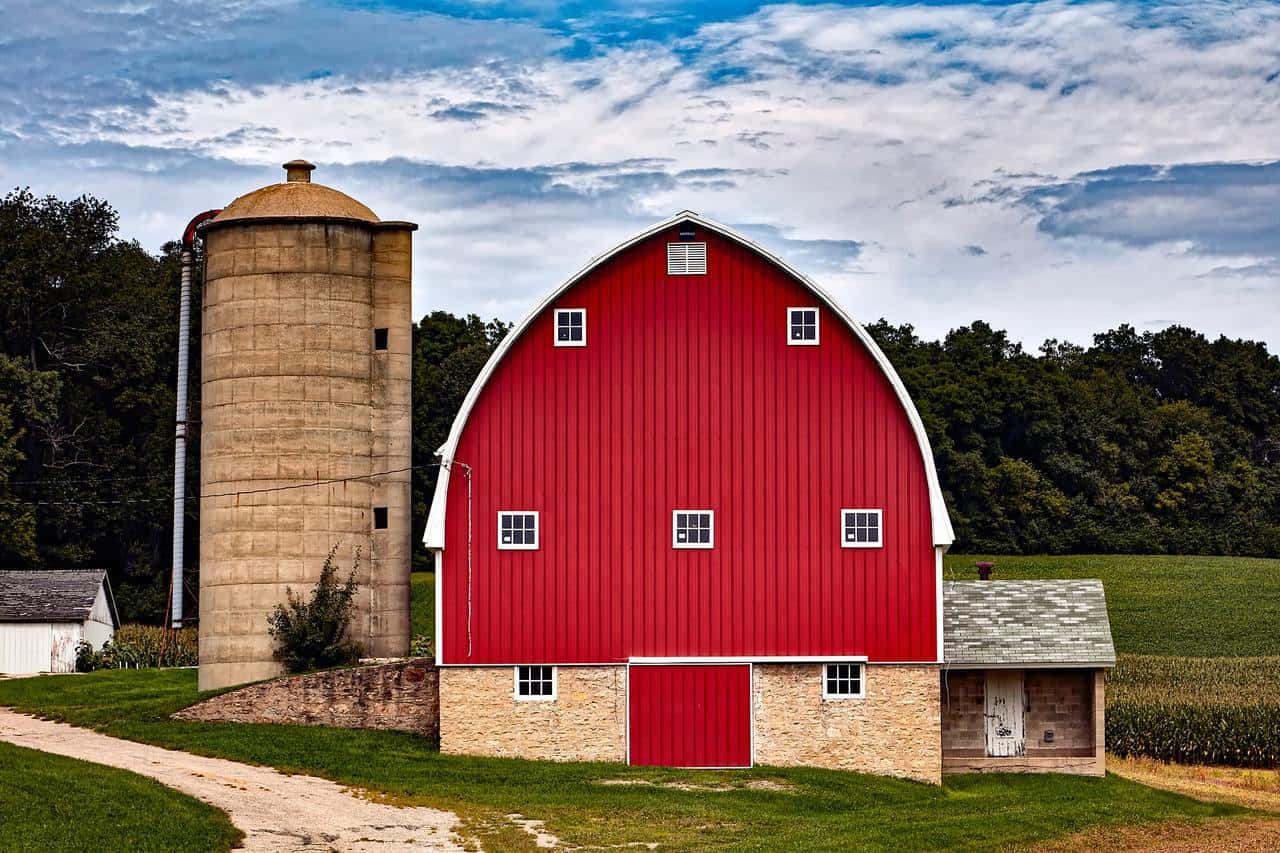
Tower silos are vertical cylindrical structures which are usually used to store grain, cement and woodchips. For the most part, you will need to also invest into rail cars, trucks or conveyors to actually unload their materials from them also which does add to the final price by a bit.
Another interesting fact about tower silos is that the material that you keep inside of them is referred to as the silage and considering its weight and the large size of the silo, you can store a lot more materials in it than you’d think.
The only real issue with tower silos is the fact that you can’t fill them up all the way with certain materials such as chopped wood because the compression factor will not work in your favor in that case.
Alternatively, if you will want to store concrete in your tower silo you will need to invest into a concrete stave silo. This type of silo has a much thicker and stronger outer shell which makes it capable of storing materials that are a lot heavier with ease.
You can also go for a low-oxygen tower silo if you want to, although this one is a lot more specialized than you’d think. It is mostly used to store fermented materials and the low-oxygen factor is very useful because it prevents all manners of mold and decay from showing up inside of your silage.
Bunker Silos
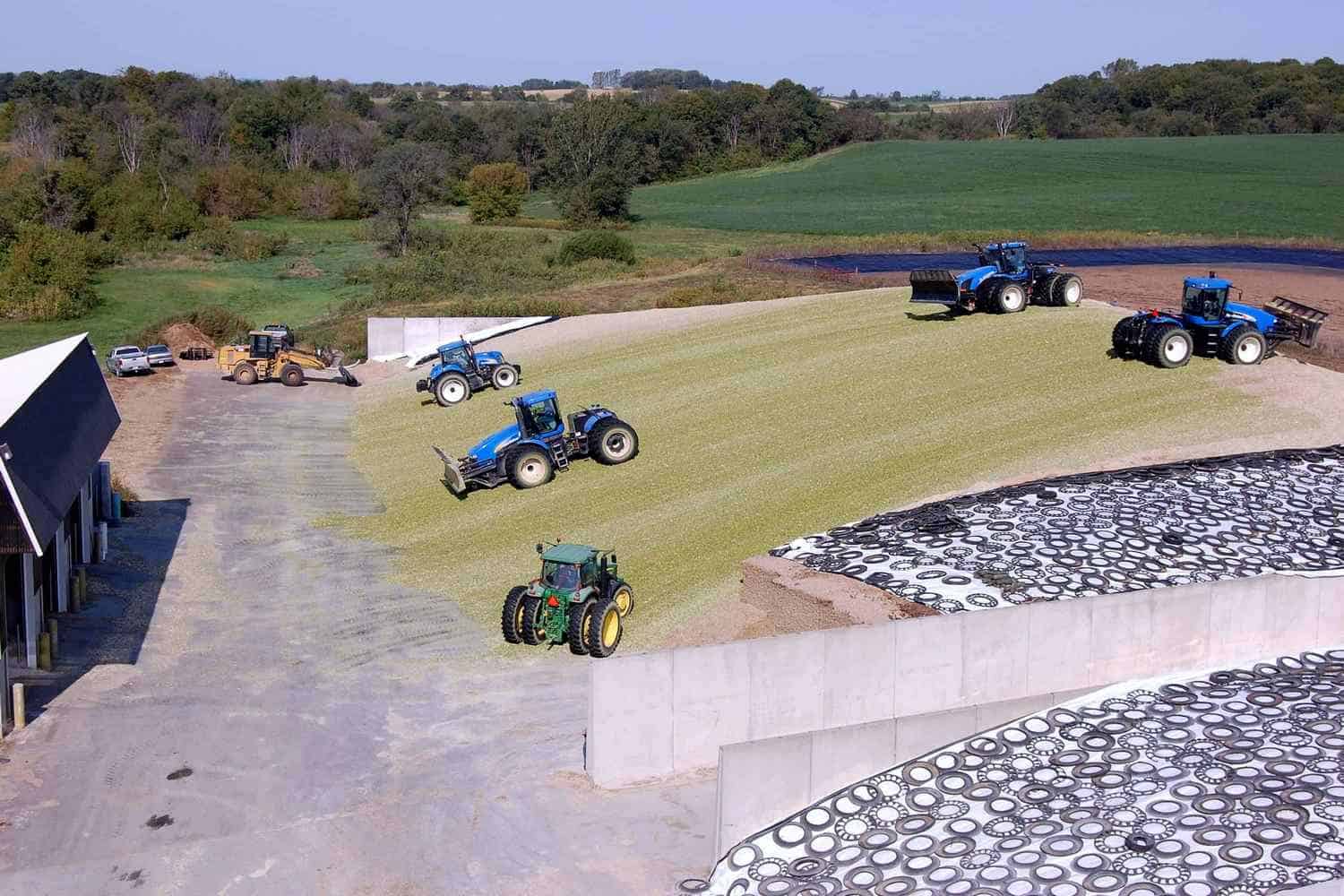
Bunker silos on the other hand are just long ditches that come free of charge with rather strong and sturdy concrete walls. For the most part, this type is used to store dry goods and this is made all the more apparent by the plastic tarp that covers its top.
The main reason as to why you’d want to invest into a bunker silo though isn’t its utility factor, it’s more so just the fact that it is a relatively inexpensive option that can also be created very easily at home by the farmer even without any prior experience whatsoever.
Bag Silos
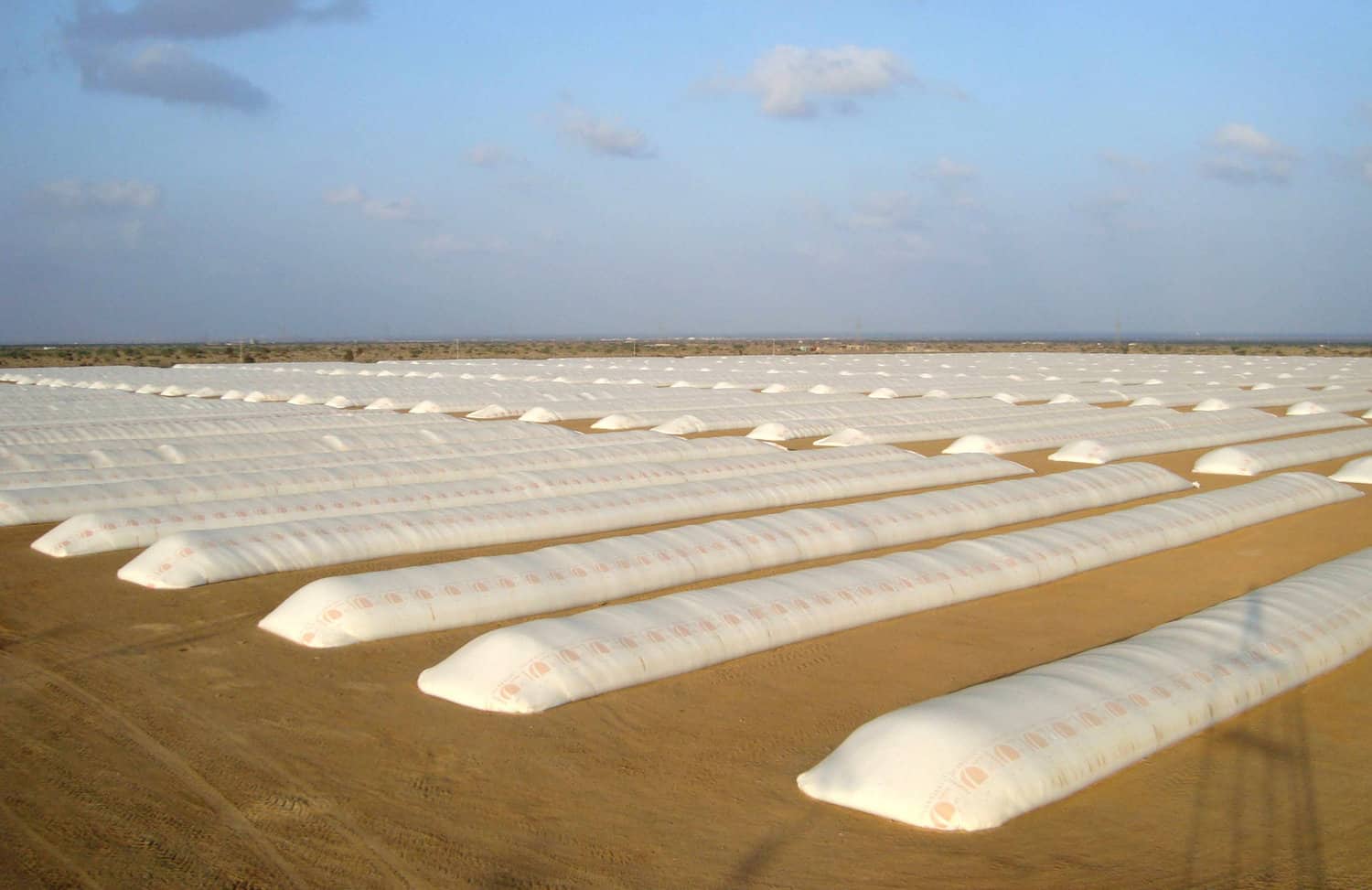
Besides these two main categories you also have bag silos, which are very easy to identify by their large cylindrical bags. Essentially you fill up the plastic bags with the silage that you want to and then you seal it up. When the time comes you can use a loader or a tractor to unload it but just remember that for the most part you will have to tear off the plastic bit during this part of the process.
For the most part, bag silos are very cheap to get or to construct on your own, although we would like to mention the fact that they are mostly considered to be a temporary fix, it’s not the type of thing that you add to your farm and expect to have for the next year also.
Alternatively, you can also opt for fabric silos which are basically similar to bag silos except they also feature a stiff frame which suspends the bag. The frame itself is usually made out of steel and while this is still a very cheap option for you to go for, just keep in mind that you will still have to opt for more than a handful of silo equipment as well which will significantly add to the overall price that you’ll need to pay for the whole thing.
Equipment such as liners, dischargers, chutes, cleaning and repair tools and basically a lot of different replacement units as well will need to be added to the shopping cart when you decide to get yourself one of these silos simply because they can always break and make you lose everything if you’re not ready to fix the problem as soon as possible.
What Loading Systems Should I Go For?
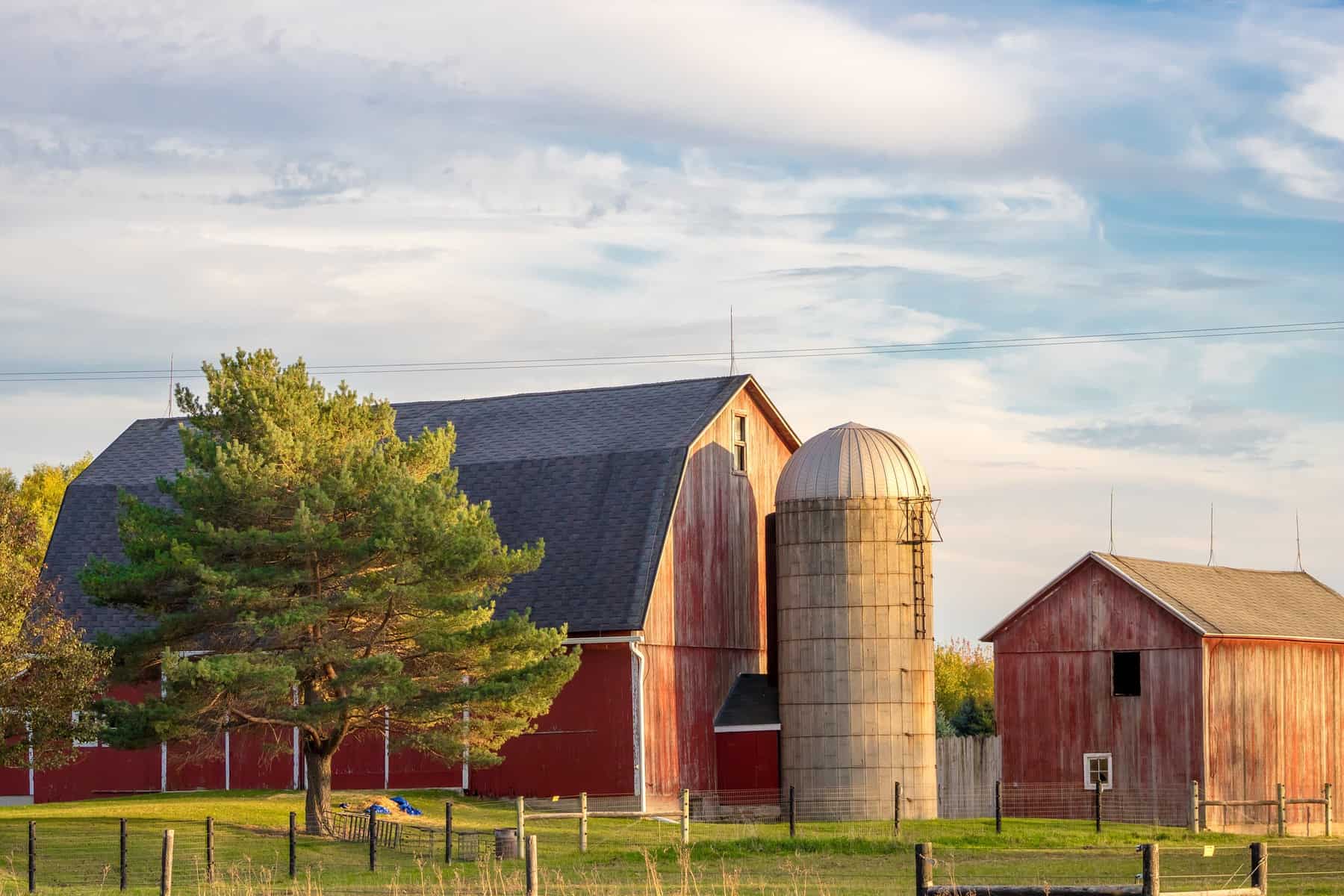
If you are going to invest into a grain silo then chances are that you will also want to put some money into a vertical elevator since this is currently the only real option that you can take advantage of to load up your silo in the first place.
Silos are very tall, which is why it’s pretty much impossible to fill them up even if you decide to use an inclined conveyor method to drop all of the grain inside.
On top of that, bucket elevator systems are known for being very expensive so we don’t always recommend that you go for this option unless you’re willing to throw in an extra zero during that initial investment.
You could also make use of a blower system to get the grain inside, but if you do pick this option then please remember the fact that this is only really practical when doing so for the livestock.
Since grain cracking is a very huge factor when it comes to selling your grain on the open market, you typically won’t want to invest into a blower system because this will lower the overall quality of your product.
What Temperature Should the Silage Be At?
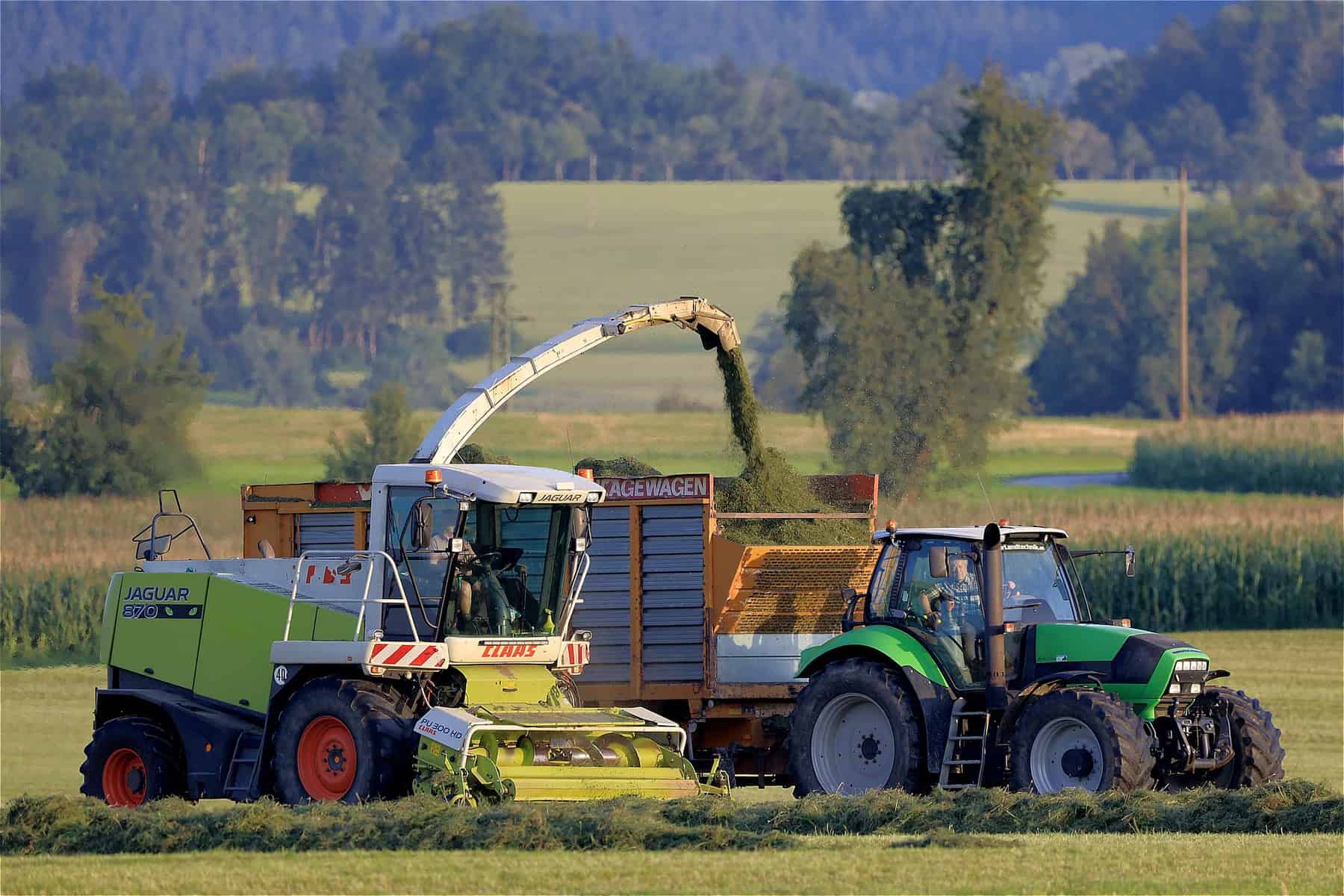
You need to keep in mind the fact that the temperatures from inside of the silo can easily get up there pretty much burning through everything that you had stored in there.
The inside of your silo can easily exceed 90 degrees Fahrenheit or 32 degrees Celsius, which is why it’s always recommended that you cool the grain if you want to store a large quantity of them inside of the silo.
The thing about the silo is that the cold air outside of it will heat up the moment that it hits the outer shell, causing the inner wall to heat up.
We recommend that you have some sort of an aeration system ready for when this happens because doing so can also help reduce the overall moisture from inside while also keeping any insect infestation at a minimum.
Wood, Masonry, Concrete or a Glass/Steel Silo?
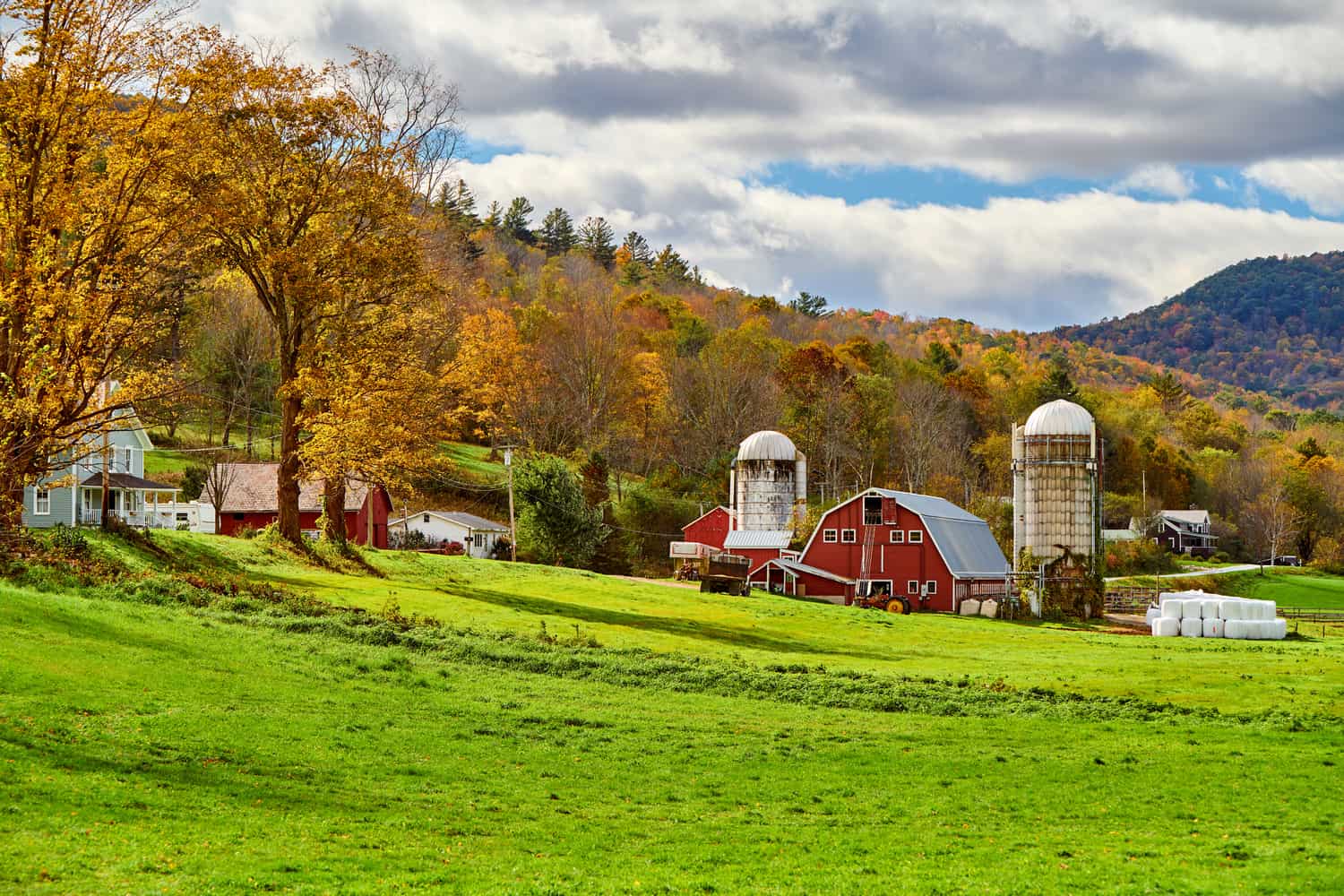
Wood Silos
Wood silos actually first hit the scene around the early 1900s which is when farmers all around the globe realized just how easy it can be to build your own silo by hand and add it to your farmhouse.
Most of the time, these wooden silos are round, polygonal or octagonal which is due to the fact that wood is very malleable and easy to set up that way.
Although you can still find wood silos even to this day out there, they are no longer considered to be the best choice on the market anymore, in fact, they are mostly just used for aesthetic reasons since they add a lot of personality to your farmhouse.
Masonry Silos
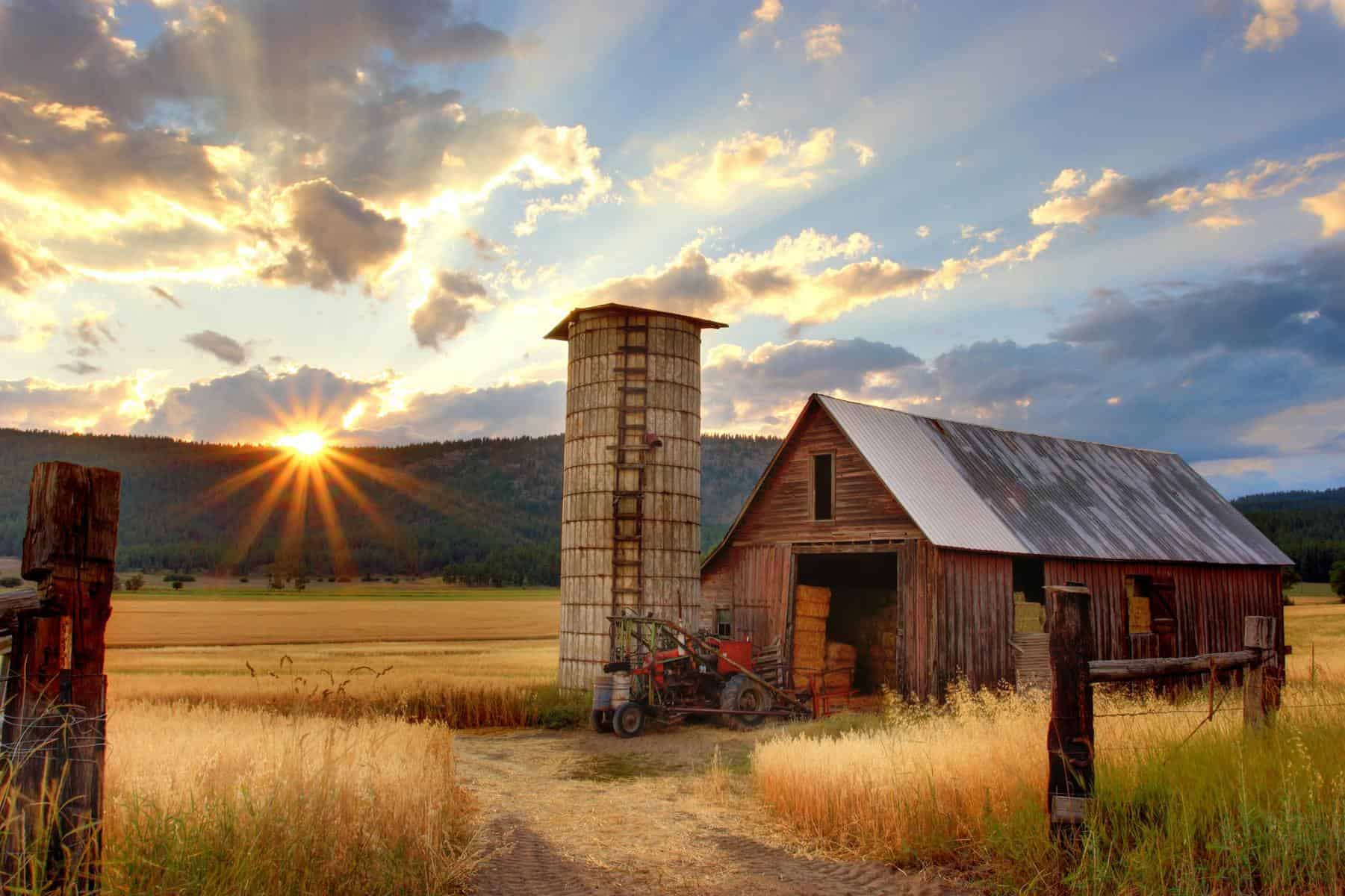
Next up on our list we have masonry silos which are primarily made up of stone or brick for the most part.
Although not as iconic as wood silos, we can still safely say that they are very gorgeous looking constructions which are still considered to be great aesthetic additions to your farm even if you don’t necessarily need a silo to begin with.
They first came about as a direct alternative to wood silos, and while they are a tad more popular these days than wood silos, let’s just say that both of them pale in comparison to concrete and glass/steel silos.
Actually building a masonry silo is nowhere near as expensive as you may think, but the reason as to why the price can get quite up there is the fact that you need to actually hire masons to do the job for you for the most part.
Because of this, we can safely say that unless you really like the design and feel of the masonry silos, we don’t recommend going for this option altogether.
Concrete Silos
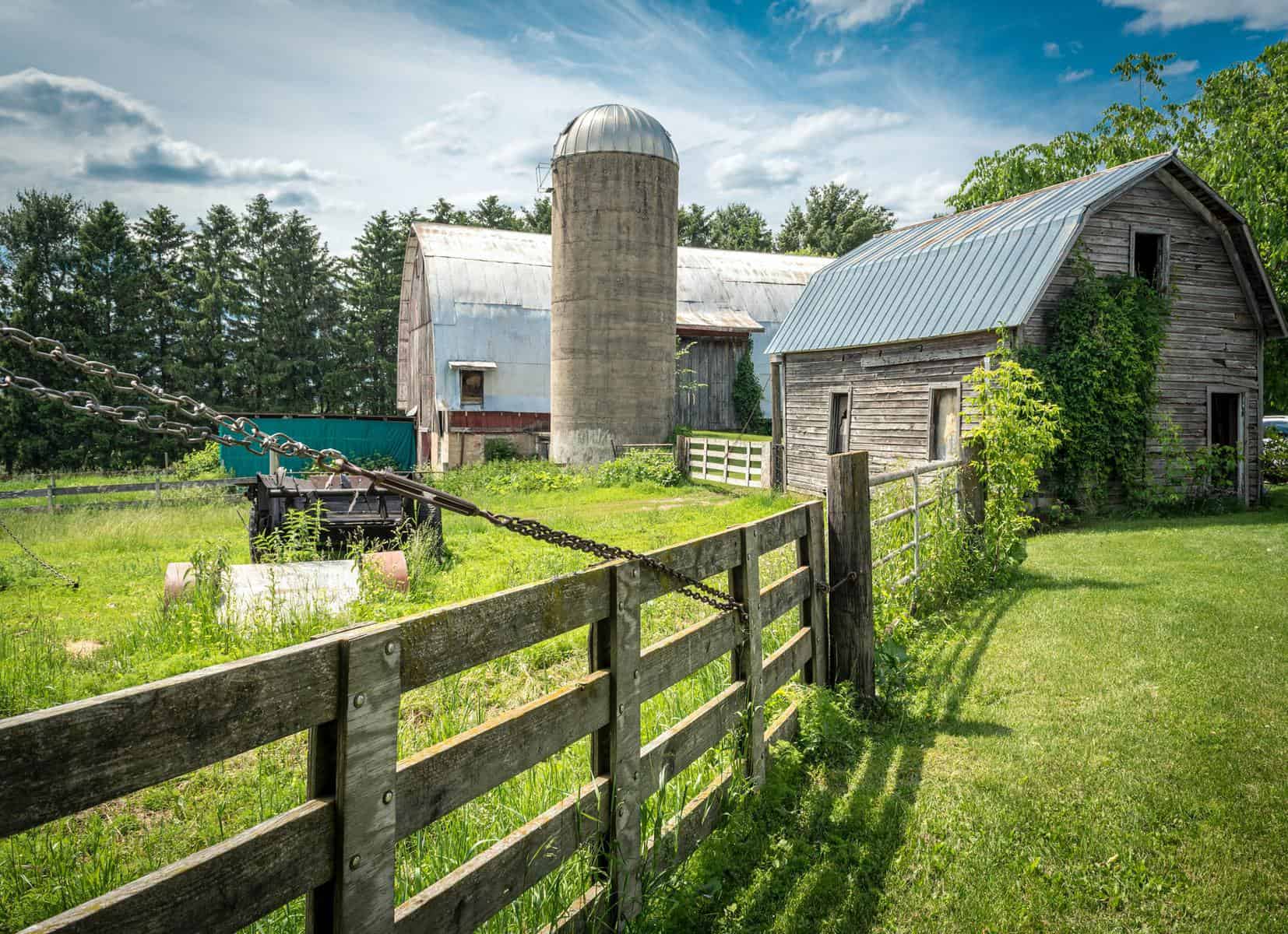
Next up we have concrete silos, and as you can tell right off the bat, it didn’t take long for the communities to discover the fact that using concrete as a construction material is more than worth it simply because of how practical it really is.
The typical classic tower silo is a concrete structure with a metallic rooftop, but there are three different subcategories that you can diverge into from this moment on, and they are:
- Stave concrete silos – These are made up of several individual blocks which are less than 3 inches thick each. They are very popular these days because of how affordable they are and accessible to the general buyer
- Poured concrete silos – These silos are made up of a singular monolithic piece which is reinforced by their 6-inch-thick outer layer. The whole construction is essentially molded up first then left there to dry until ready for use.
- Concrete block silos – These silos are very similar to stave concrete silos, except for the fact that they are made up of several concrete blocks which are generally a lot thicker than the staves
Glass-Lined Steel Silos
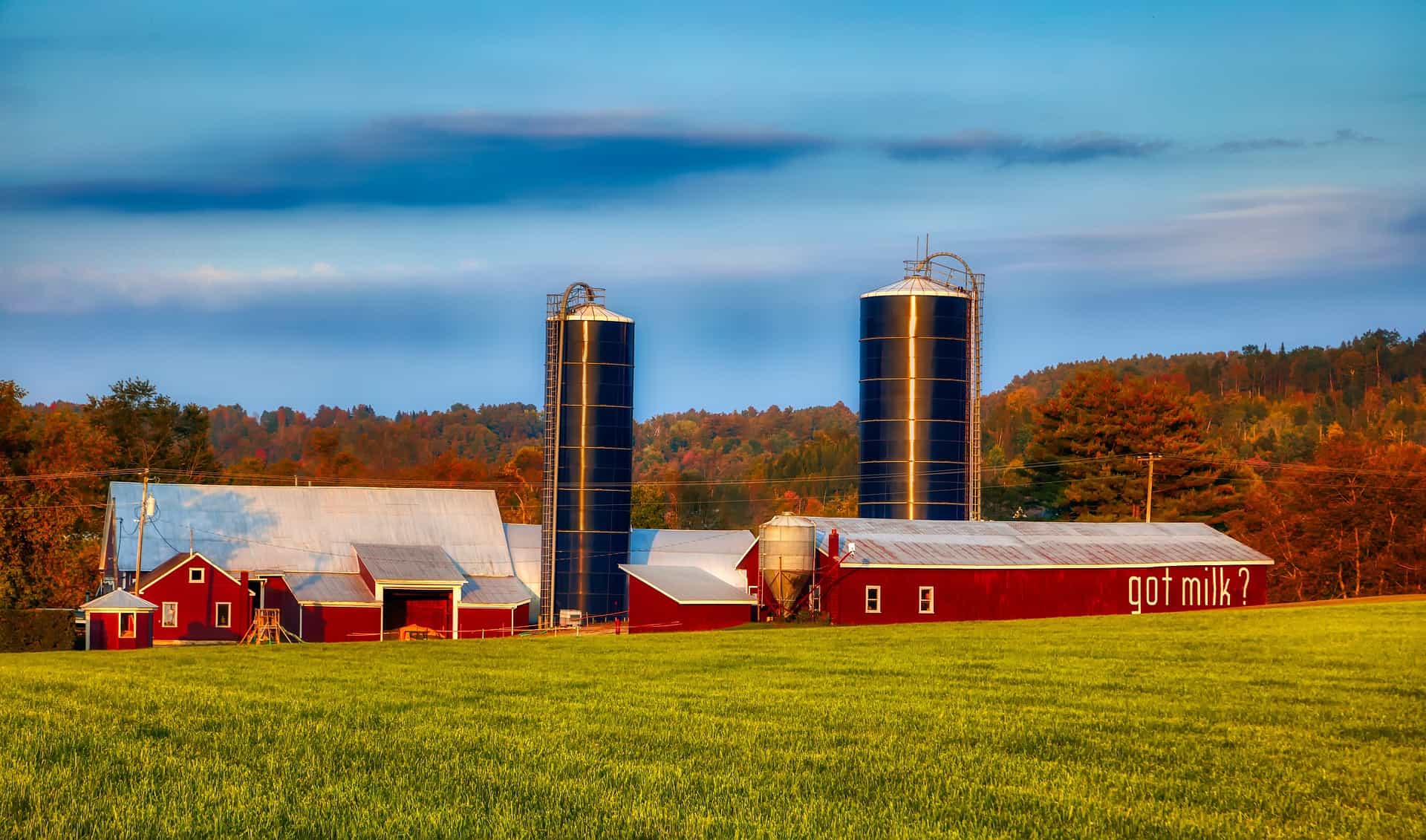
The funniest part about glass-lined steel silos is the fact that back in the 50s, when they first came around, they were considered to be by far the most modern way of constructing your silo, and to this day, we have yet to find a better alternative to them.
They are essentially constructed of several glass-lined steel plates which are bolted together with steel sheets in order to make sure that nothing can come in or out of it. For the most part you will find glass-lined steel silos to be used to store food items which can rot and attract mold very easily.
They are also known as low-oxygen silos and they are known for being able to keep the air pressure inside without letting any of it slip outside unless you tear it open yourself. While they definitely aren’t anywhere near as popular as they used to be, glass-lined steel silos still make for a very good option all around.
Their only real downside is probably the fact that they are relatively expensive to build and repair, and when it comes to their unloading mechanisms, you’ll definitely need to spend a lot more to get the job done.
Safety Features for Farm Silos
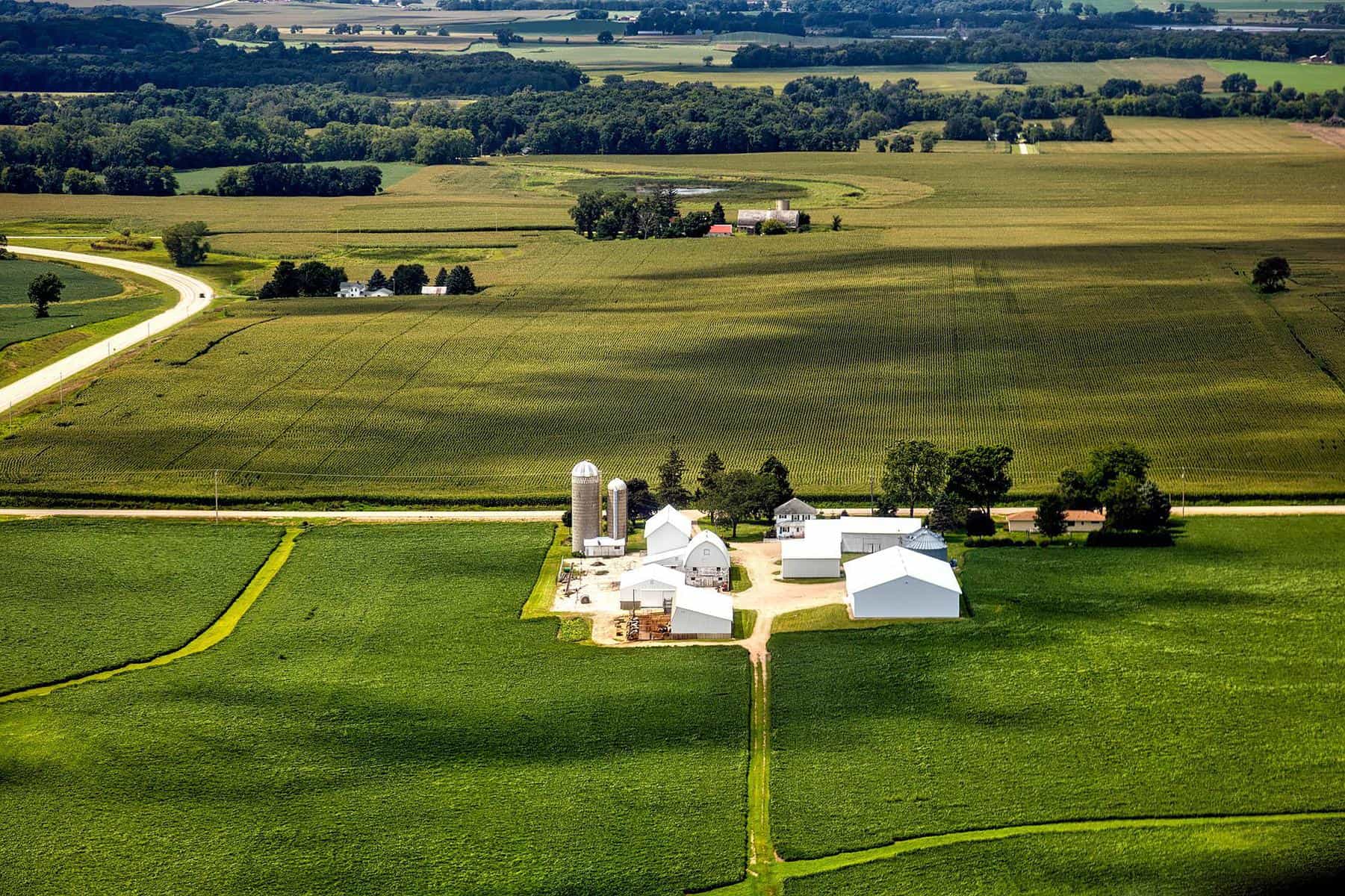
A quick fact about silos that many people don’t take into account before they start building their farm silo is of course the fact that silos can easily break or be turned into dust due to earthquakes, explosions and pretty much any sort of unusual stress that may come upon your farm.
So, you need to keep that in mind as your silo can easily collapse if you’re not careful, and considering just how massive silos are, you might not want to place it too close to your other buildings because they can destroy anything in their path when they go down, and they can easily cost you your life as well if you’re in the way of their destruction.
Not only that, but once the silo is compromised, for the most part you should know that the materials that you were keeping inside of the silos are all compromised, so they’re pretty much ready to be thrown out into the garbage can the moment they hit the ground.
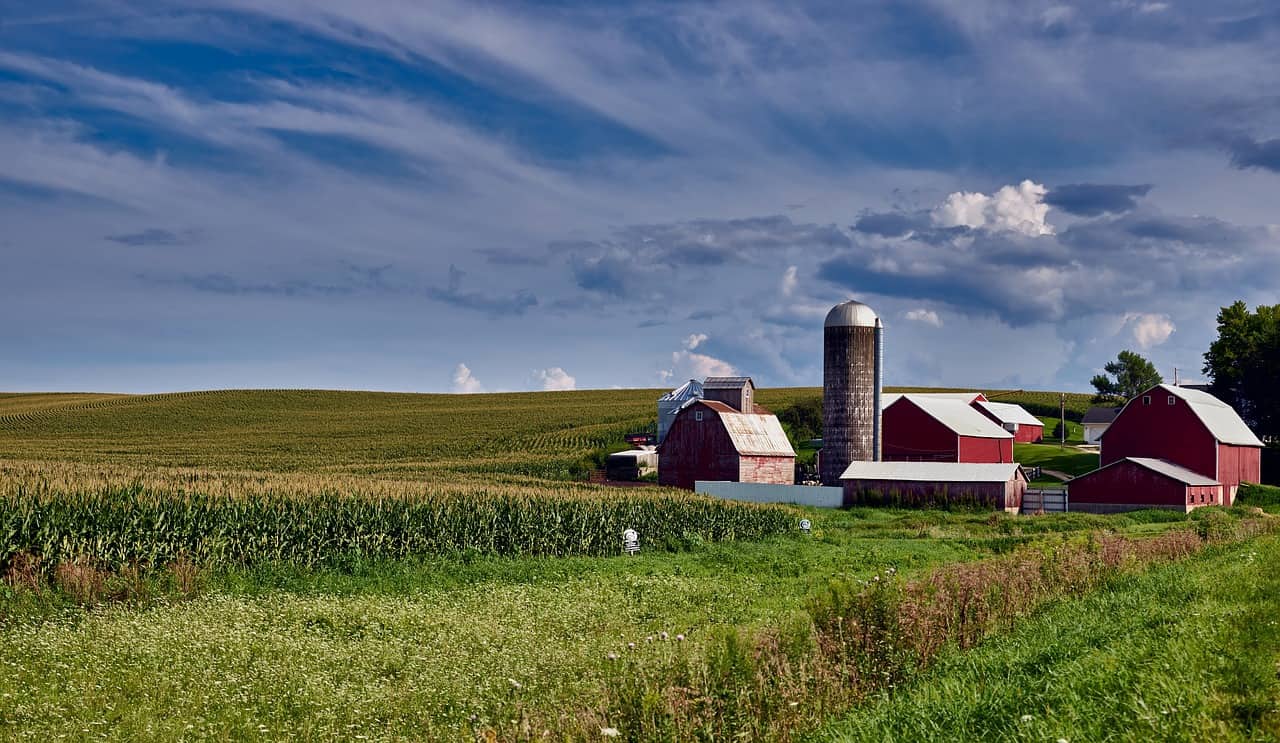
Even if the weather is nice and there is seemingly no real reason for your silo to go down, remember that in case it does, it’ll be very sudden and impossible to react to.
Water can easily seep into the silo and cause it to go down so always make sure that everything’s okay so as to avoid a possible tragedy later on down the line. One quick fix that can easily end up saving your life and a lot of money in the process is to make use of a moisture sealant every couple of weeks.
Just get some workers to spray the outside and inside of your silo so as to make sure that there is no leakage happening anytime soon. This may seem like tedious work at first but trust us that it will be worth it when you hear about how much your farmer friend had to pay to fix up the damages caused by their falling silo.
Conclusion
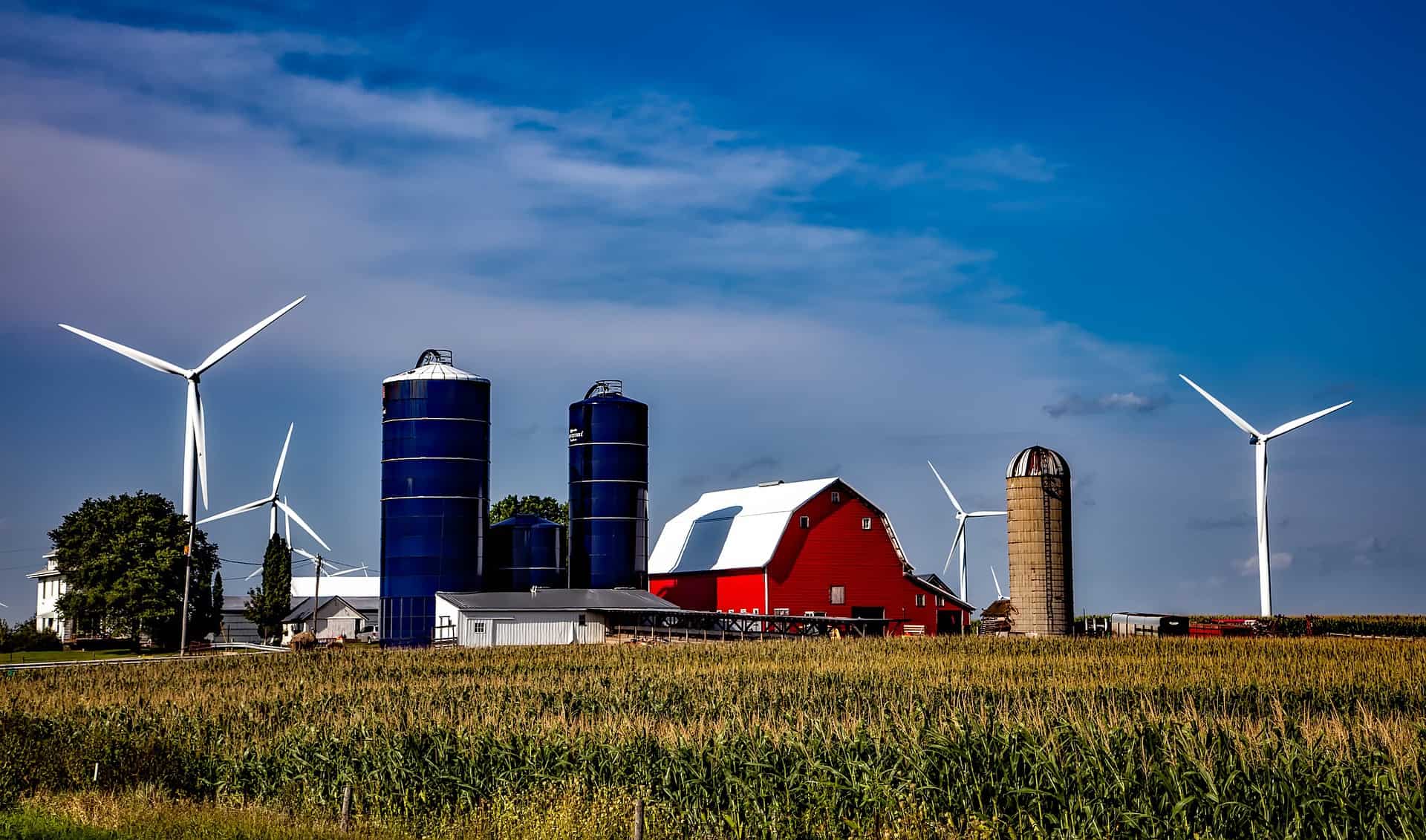
With all that being said, there are plenty of other categories and subcategories that you could use to find the perfect silo for you. While these are the main options that you’ll get to pick from, remember the fact that at the end of the day, as long as the silo’s doing its job for you, that’s all that really matters.
Just remember to always do your research and depending on the type of silo that you want to go for, make sure that you have a professional or team of professionals help you build it simply because you don’t want to end up with an accident-prone silo on your farm.
For now though, we would like to thank you for reading this far into the guide and we hope that you learned something new today. Good luck with your farming and always make sure to keep your safety as the number one priority no matter what you do.





